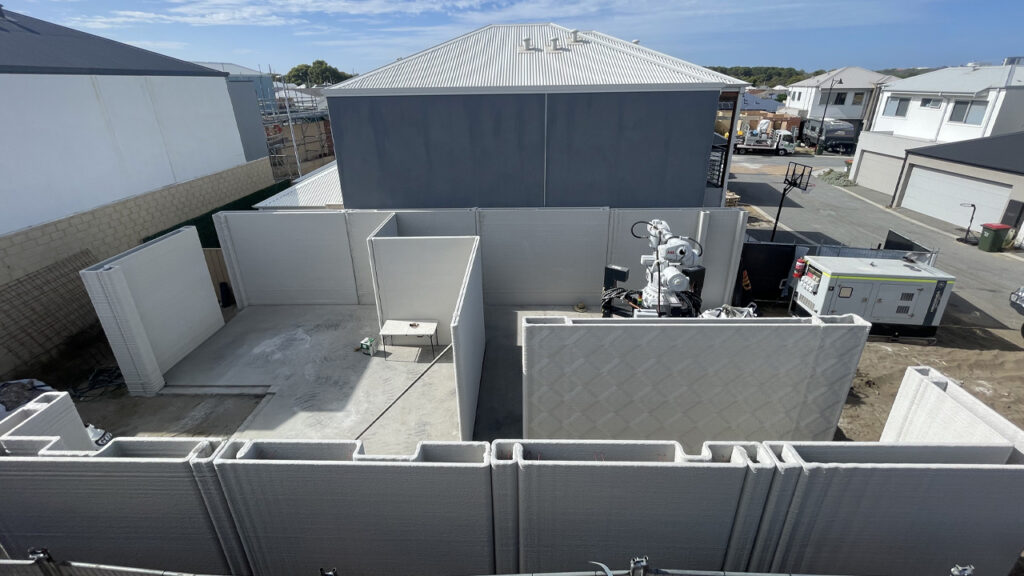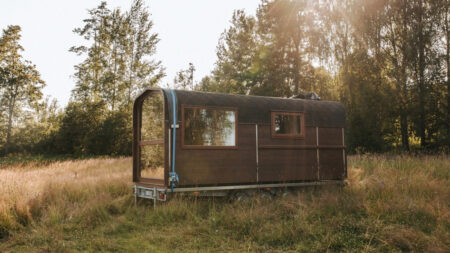3D printing is taking modern architecture to new heights, and the latest example comes from Australia, where a local construction firm, Contec, has recently completed a two-story house in Tapping, Perth. Impressively, the entire building was 3D printed in just under 18 hours. While this fast printing time may surprise many, it only includes the time taken for the basic shell. The complete project, including interior finishing and systems, took five months to make the house ready for living.
Contec Australia partnered with Netherlands-based CyBe Construction to use its Robotic Arm Mobile 3D Printer for building the basic shell on the site. This computer-controlled machine extrudes layers of concrete and stacks them to create the structure directly from a digital model. The printer took about 18 hours to complete the basic shell, after which, human builders added the roof, wiring, flooring, and all other necessary elements to transform the shell into a fully livable home.
As reported by New Atlas, the 3D printing process used for this two-story building is unique because both the floors were printed on-site directly, unlike many 3D printed homes that require an extra timber shell for the second floor. The walls were built layer by layer using a specialized concrete mix that requires no formwork or scaffolding. This mix is self-supporting, sets hard in under three minutes, and achieves a great strength of 50 MPa, which is more than three times stronger than standard bricks rated at 15 MPa. Additionally, the walls are cyclone-rated, thermally efficient, termite-proof, and resistant to fire and water, making them perfectly suited for regional conditions in Western Australia.
Also Read: No Concrete, Lib Earth House in Japan is 3D Printed From Soil
The final look of the two-story 3D printed home is modern and inviting. It features a blend of the distinctive 3D printing layered texture alongside the smoother finishes found in traditional homes. The house includes three bedrooms, two bathrooms, a garage, and a small balcony. There are large windows throughout the home to let in plenty of natural light to fill the interior.
There are no exact details about the overall construction cost of the home, but a company spokesperson told New Atlas that it was about 22 percent cheaper to build than a typical local masonry house using traditional methods.
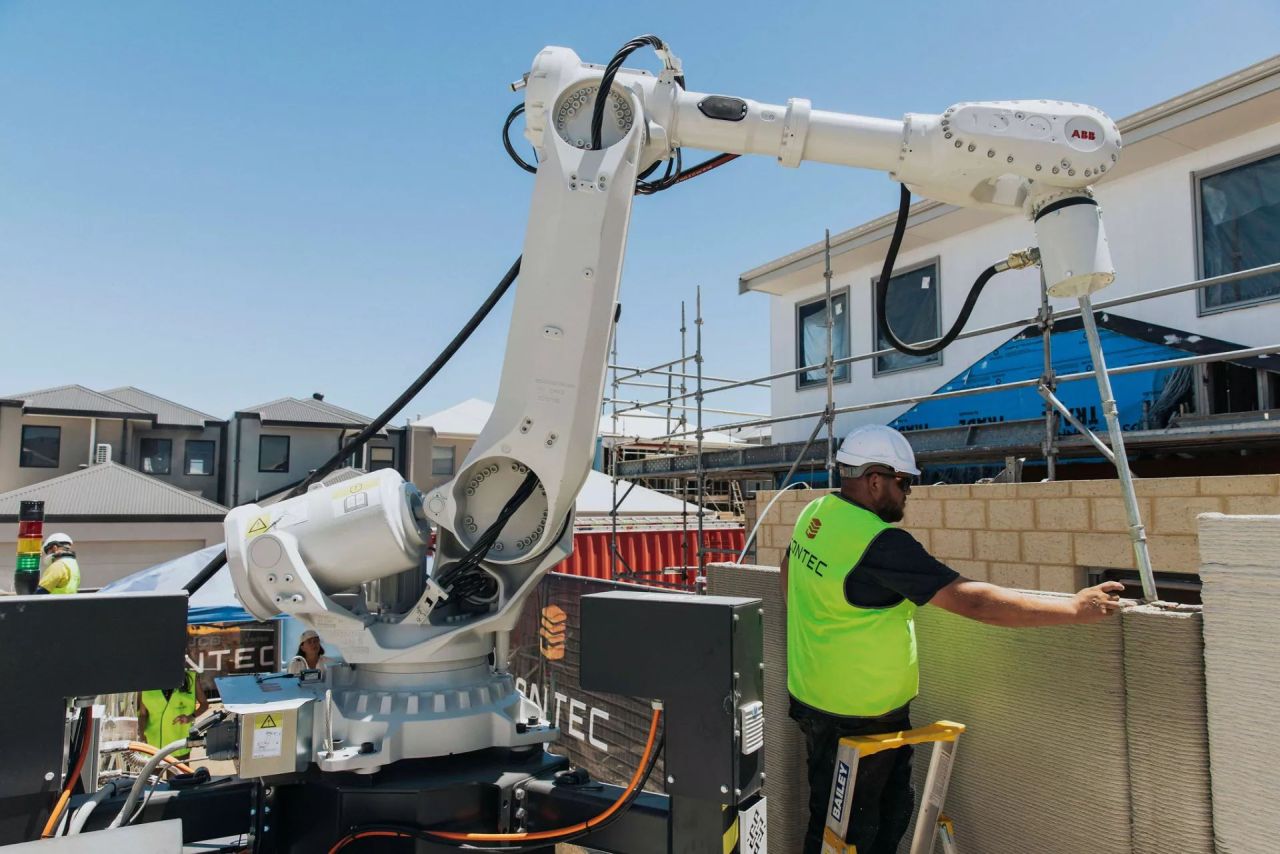
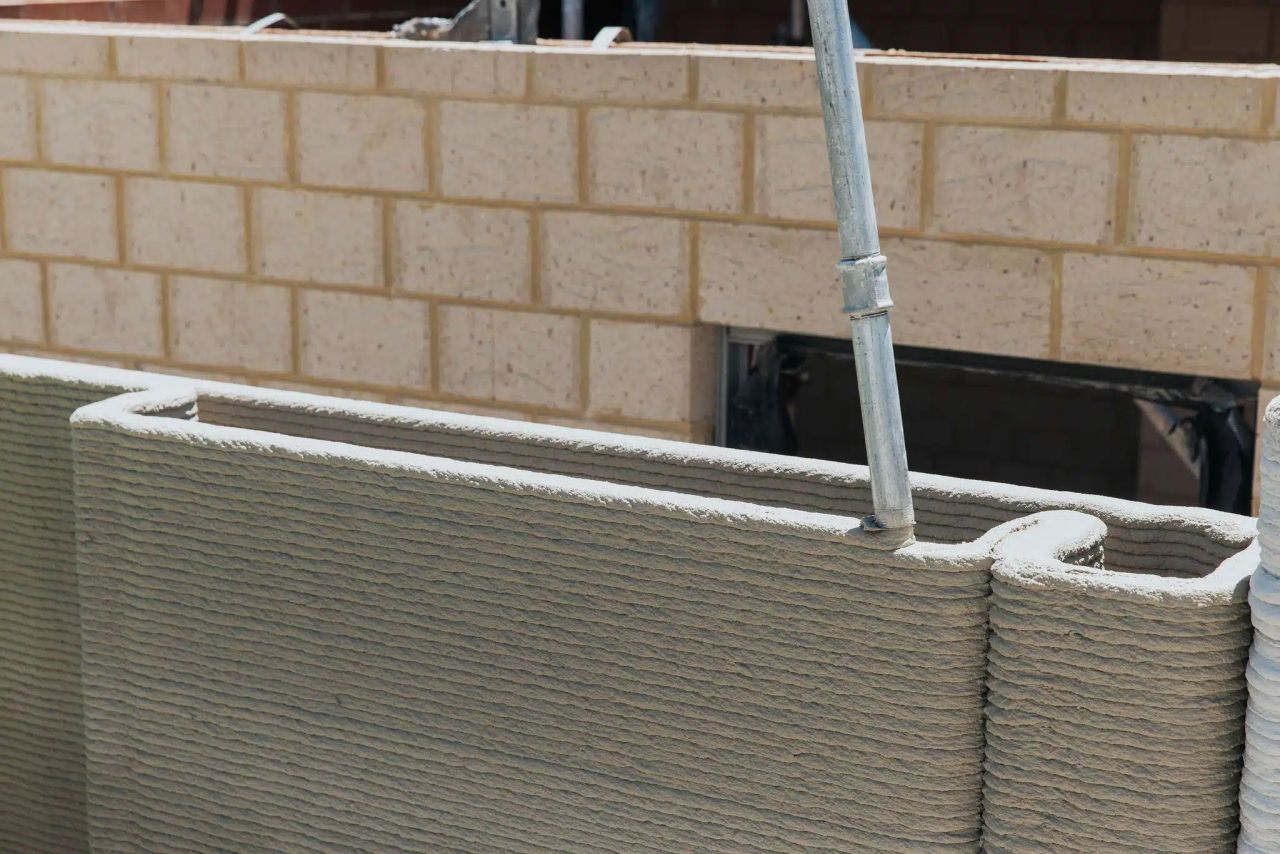
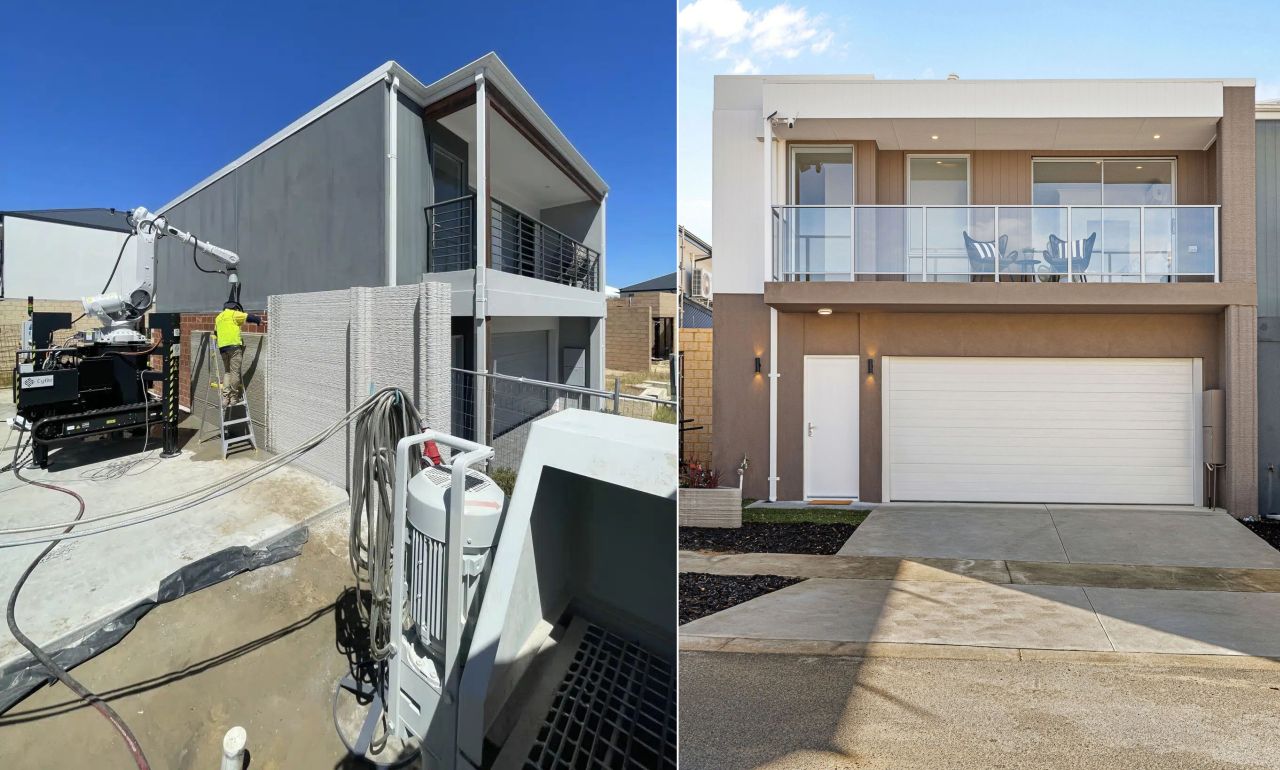
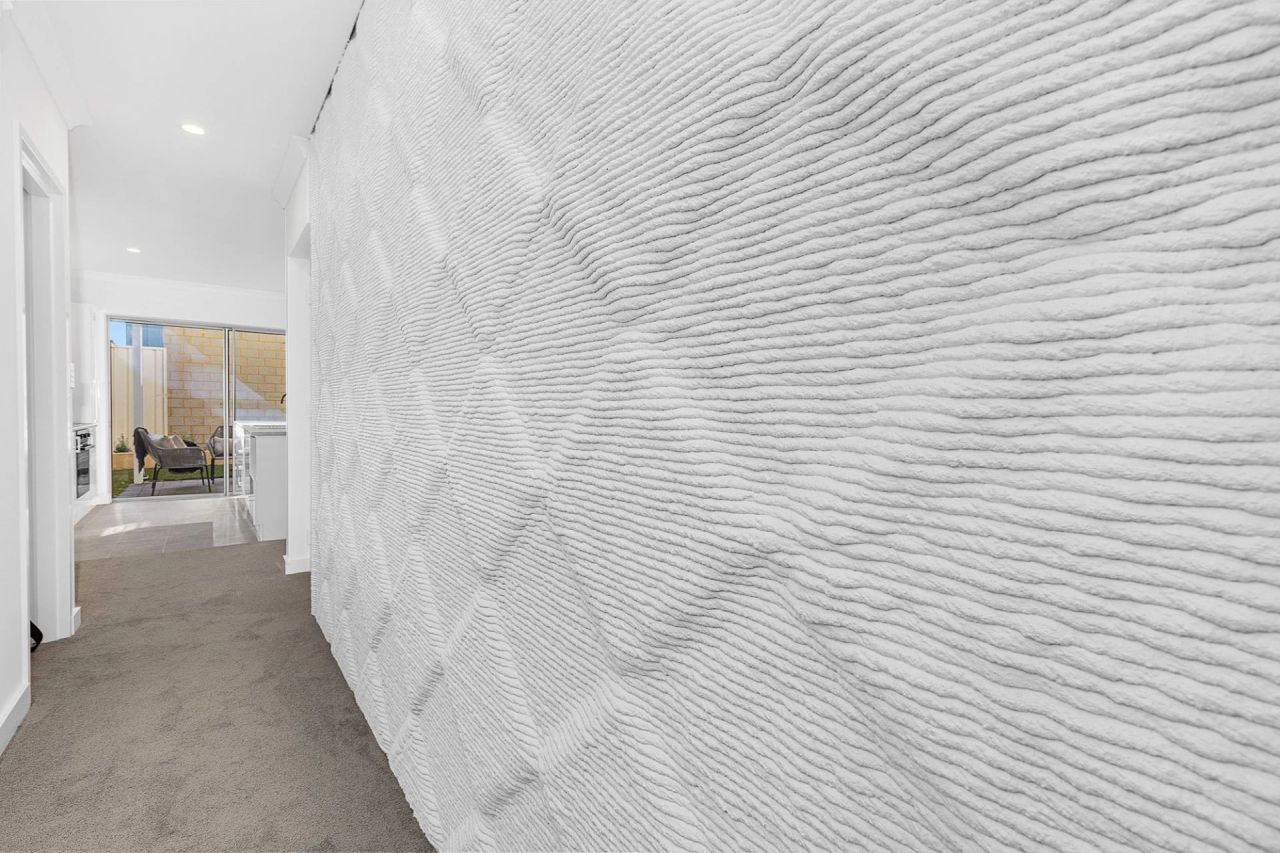
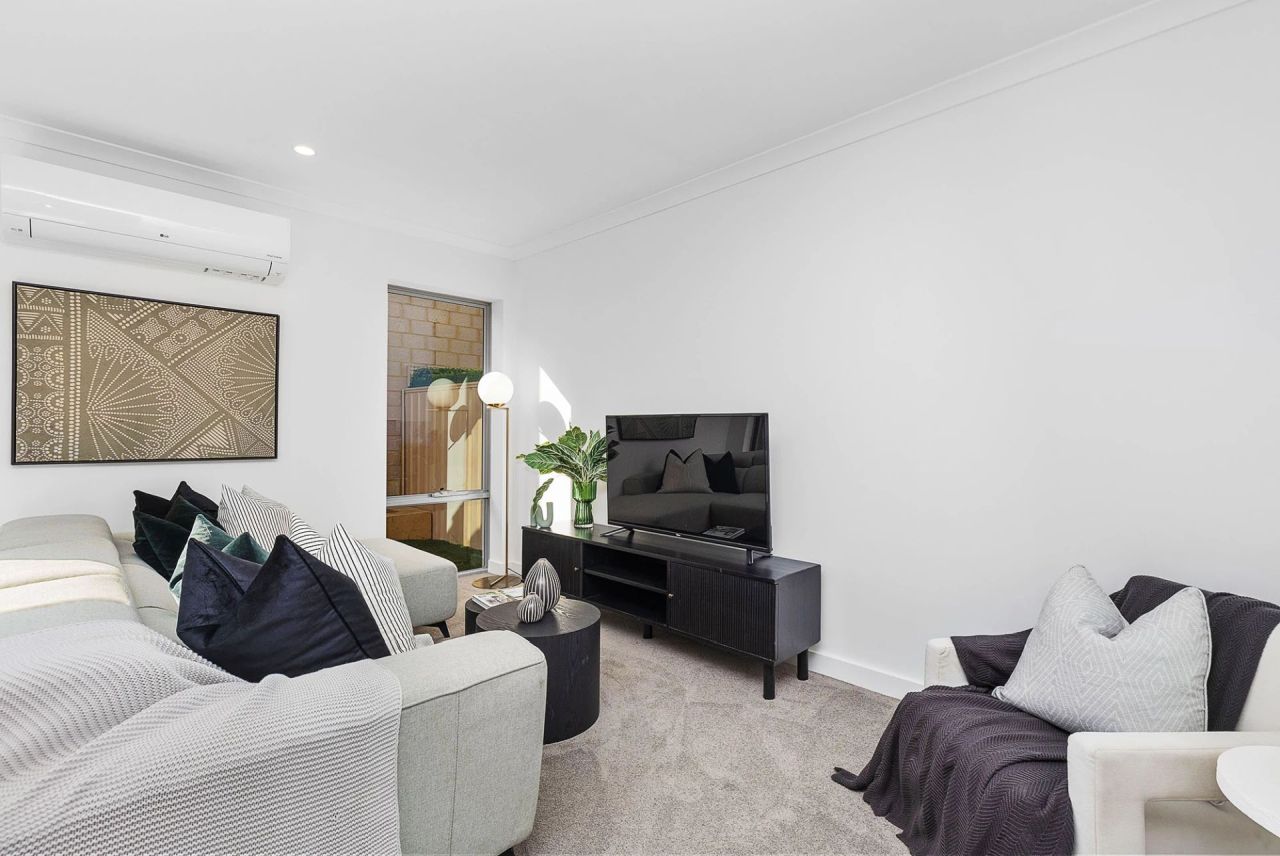

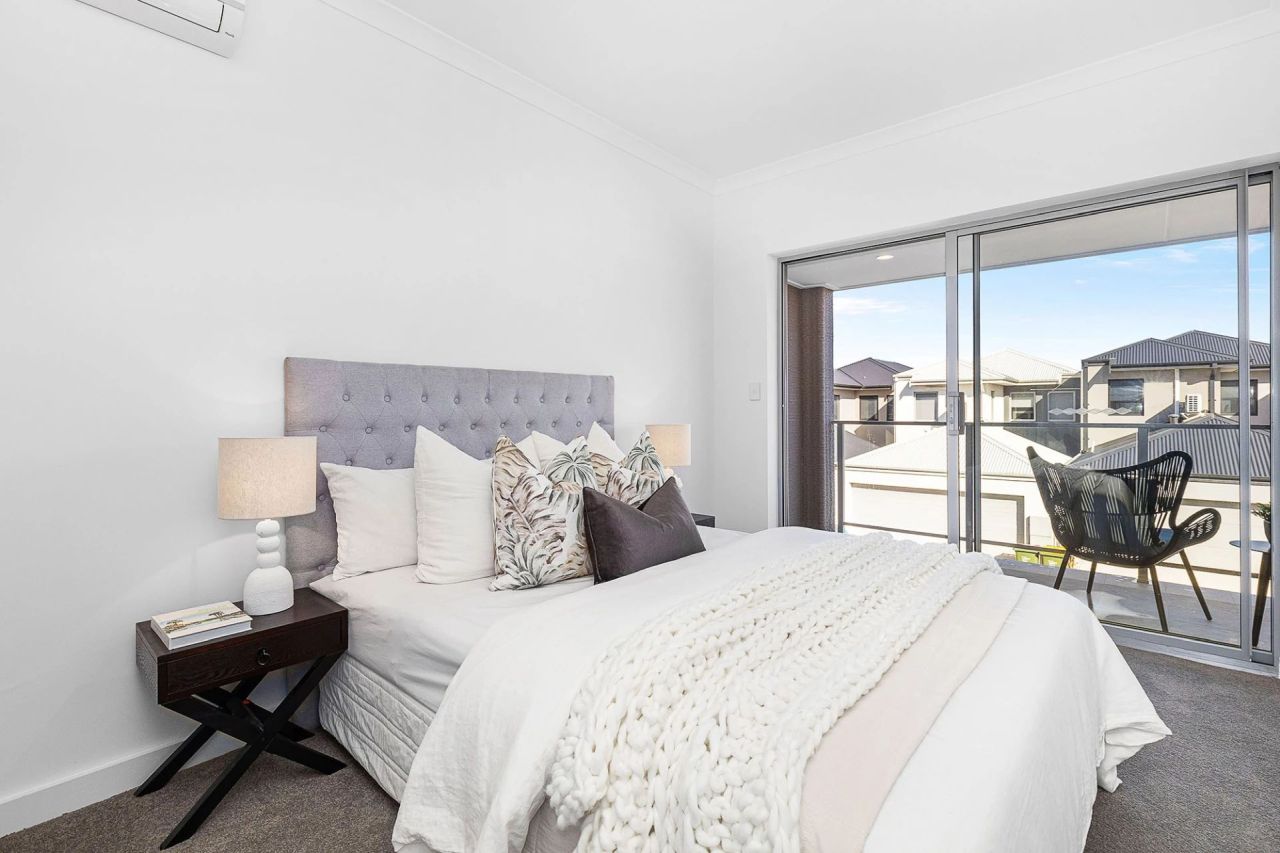
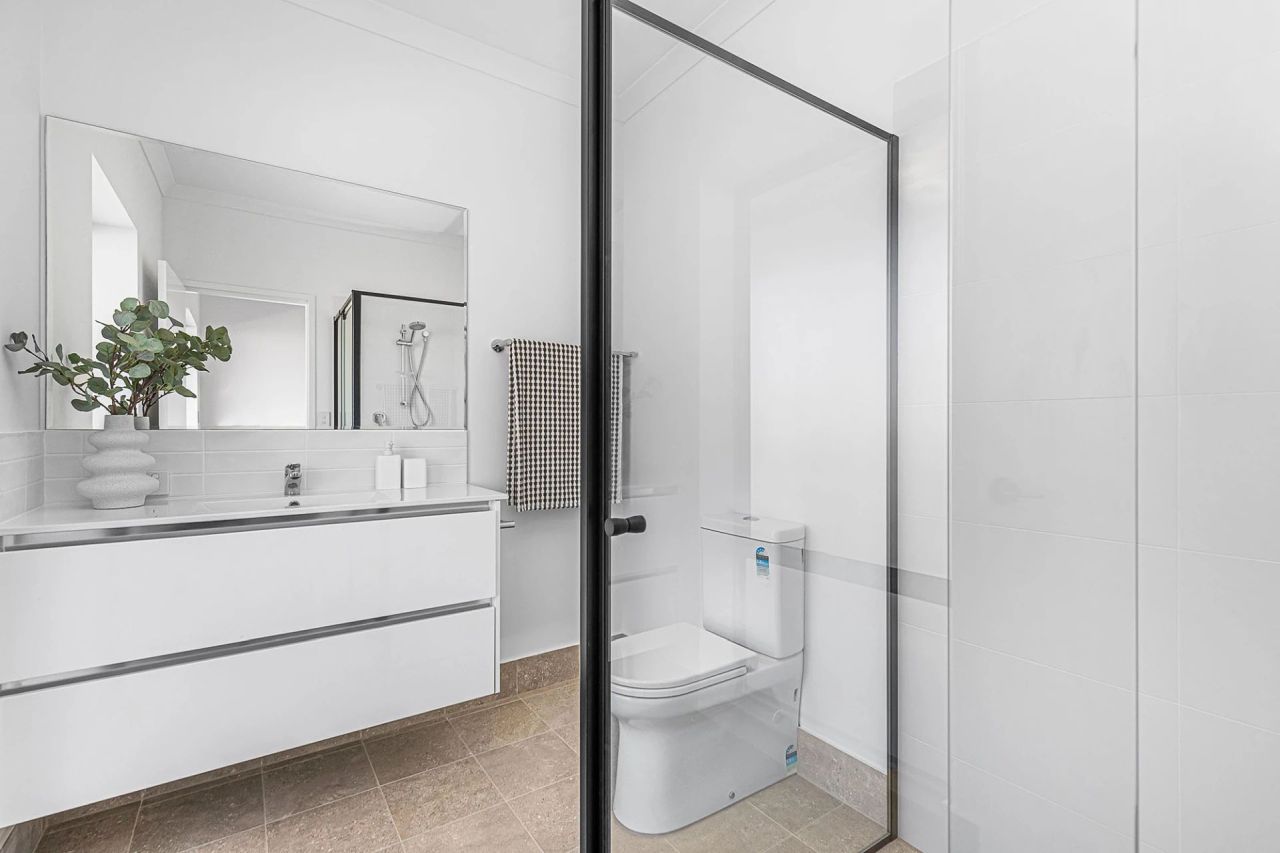
Follow Homecrux on Google News!
